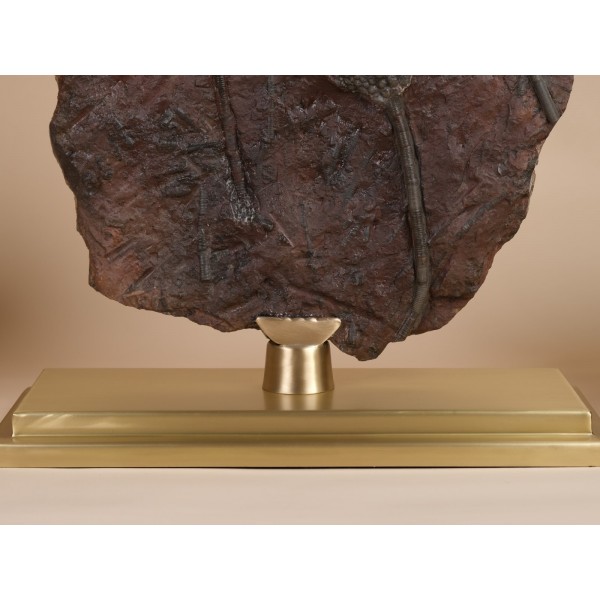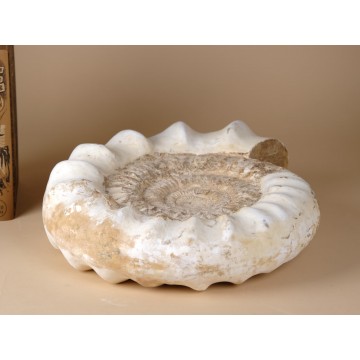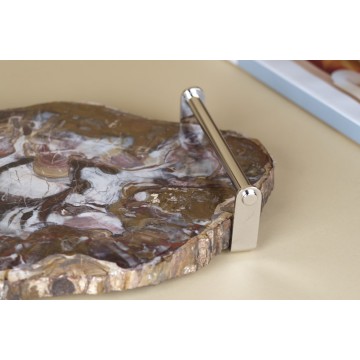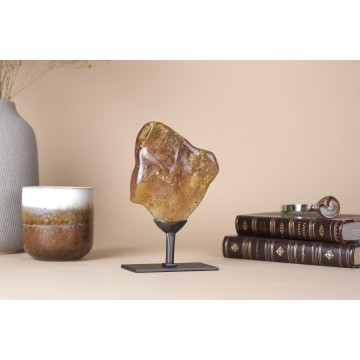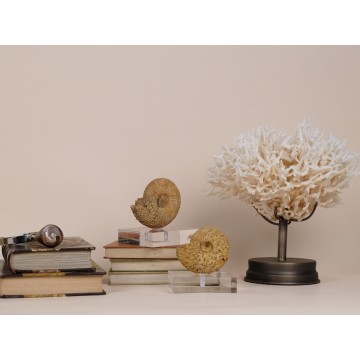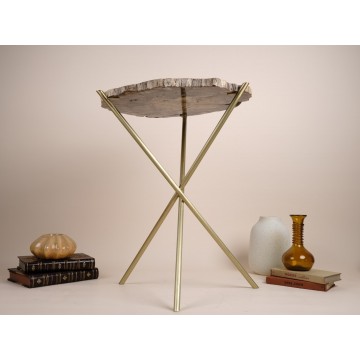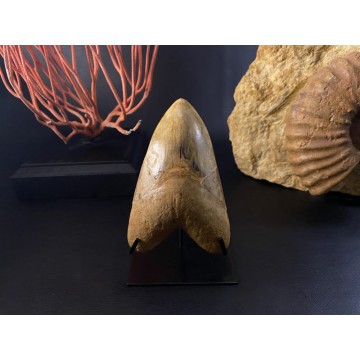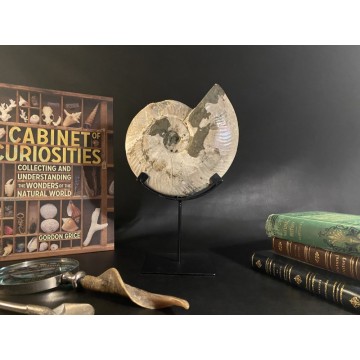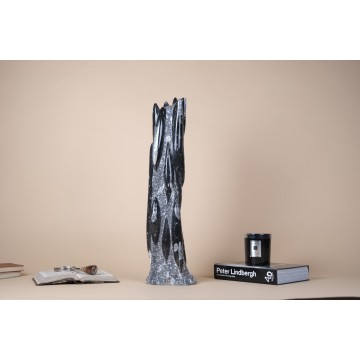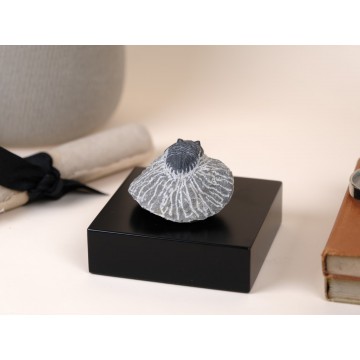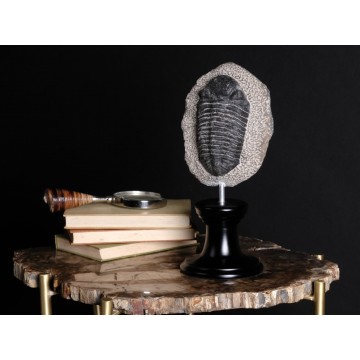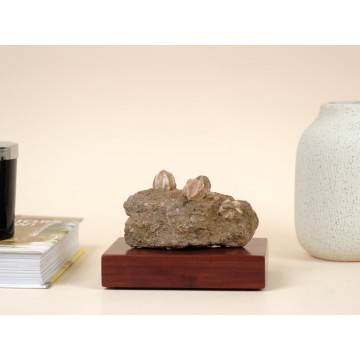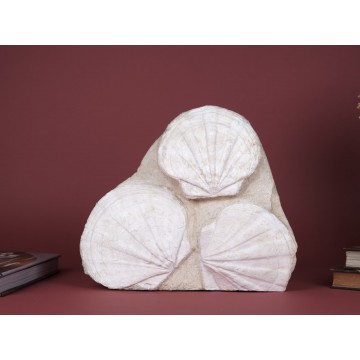Huge Kranaosphinctes rabei
Kranaosphinctes rabei ammonite fossil, a testament to the Jurassic period's ancient splendor. This remarkable specimen hails from the Andangovato region, dating back an astonishing 160 million years to the Middle Jurassic period. It was discovered in Sakaraha, Madagascar.
Boasting both impressive size and impeccable quality, this specimen exhibits no repairs or alterations, making it a true collector's gem. Its sheer magnitude and pristine condition make it an ideal centerpiece for decor or a prized addition to the collection of even the most discerning enthusiasts.
The Kranaosphinctes rabei ammonite is not merely a fossil; it is a living testament to Earth's ancient past, a true masterpiece of natural history.


